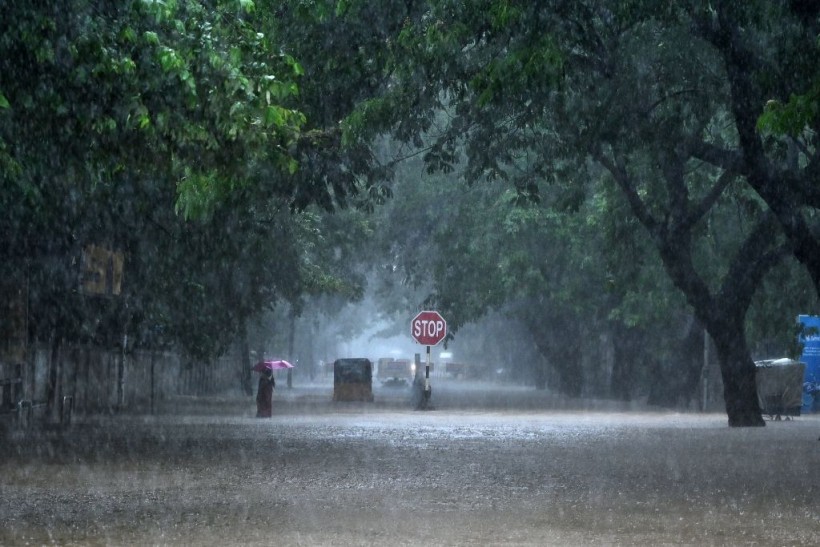The warming of the Indian Ocean can reduce the amount of accumulated rainfall during the South Asian monsoon season, also called the Indian summer monsoon, as per a new study.
This can weaken the rainfall in South Asia during the said season, which spans between June and September every year.
The Indian Ocean and the South Asian Monsoon

During the South Asian monsoon season, India and other countries in South Asia, such as Bangladesh, Sri Lanka, and Myanmar, experience a mixture of strong winds and heavy rain.
The monsoon in South Asia is associated with the entry of cold air, replacing the warm air in the region.
A new study published in the Proceedings of the National Academy of Sciences on Monday, Feb. 28, was conducted by researchers from Kiely University and the Alfred Wagener Helmholtz Centre for Polar and Marine Research in Germany, according to Phys.org.
This is the first time a study reportedly explored the weakened climate state of the Indian Ocean.
Researchers claimed it was caused by high sea surface temperatures in the equatorial and tropical regions of India during the Last Interglacial period, approximately 129,000 to 116,000 years ago.
The study postulated that the repercussions of global warming on the Indian Ocean through the increase of sea temperature from the 21st century can aggravate the drought in South Asia.
Researchers from Germany were able to come up with the conclusion through historical recreation of the Indian monsoon rainfall.
Also read: Indian Monsoons Affected by Dust Heating the Air in Africa
Historical Geological Analysis
The researchers retrieved marine sediment rock from the Bay of Bengal. They examined the hydrogen and carbon isotopes that were preserved in them.
The analysis yielded changes on Earth's last two climate shifts, the Last Interglacial period and the Holocene period 11,600 years ago.
The team came up with the conclusion that the Indian monsoon season rainfall was weaker during the Holocene period, according to Dr. Yiming Wang, the lead author of the study, as cited by the American Association for the Advancement of Science - Eurek Alert.
The Monsoon Season
According to the National Geographic, the monsoon season most often pertain to the Indian Ocean and other tropic countries.
It is known to provide agricultural and economic benefits in India and across Southeast Asia due to its humid climate and torrential rain it offers.
The monsoon season is neither a tropical depression nor a storm, but rather it has been characterized as a manifestation of seasonal change where it alters the direction of a prevailing wind of a region.
For instance, the monsoon blows the cold air to warm regions, as per the National Geographic.
Heavy rain or torrential rain associated with the monsoon season typically last for several days and even weeks.
In spite of the mentioned upside of the monsoon season, it also causes severe flooding and landslides due to the large amount of rainfall it contains.
In 2021, a large number of casualties was reported in India and Nepal as dozens of people were killed by landslides and flooding caused by the heavy rain of the South Asia monsoon, as per The New York Times.
Additionally, more than a hundred people went missing during the phenomenon.
Related article: 11 Dead as 3-Storey Building Collapsed During Monsoon Flashfloods in India
© 2024 NatureWorldNews.com All rights reserved. Do not reproduce without permission.




![Roundworms with Short Memories 'Stop Forgetting' When Frozen or Given Lithium [Study]](https://1471793142.rsc.cdn77.org/data/thumbs/full/70295/280/157/50/40/roundworms-with-short-memories-stop-forgetting-when-frozen-or-given-lithium-study.jpg)
